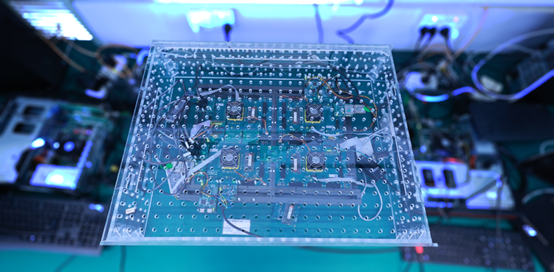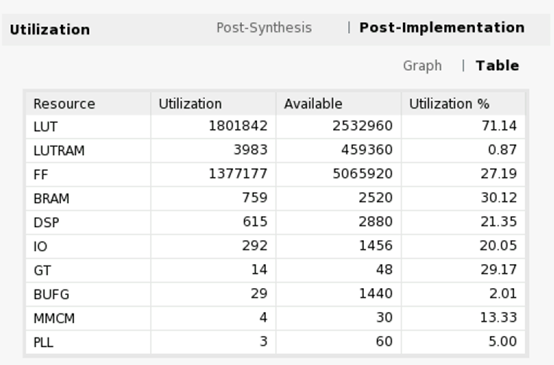S2C, a leading provider of FPGA-based prototyping solutions, has helped a client achieve high-performance secure GPU chip verification. With the help of S2C's Prodigy prototyping solution, the client was able to start software development and hardware-software co-design early, leading to accelerated time-to-market for their entire chip product and enabling them to seize early opportunities in the market.
A Graphics Processing Unit, or GPU chip for short, is a specialized processor designed to handle image and video data. Its primary purpose is to perform many parallel computations to process massive data more efficiently. Due to this characteristic, GPUs are highly suitable for graphics rendering, video encoding, and decoding tasks. In recent years, GPUs have also found widespread use in areas like deep learning, scientific computing, and cryptography because of their significant speed improvements in computation.
One of the major challenges for GPU vendors is the intense competition in this field. S2C’s customers was a new entrant to the GPU market, and they tackled this challenge by applying a shift-left strategy to accelerate the GPU chip's time-to-market and seizing the market's early opportunities. The client's design cycle spanned 18 months from concept design, development, and verification, tape-out delivery to chip sample illumination, which included their own GPU core IP, processor architecture optimization, compilers, verification models, software drivers, and system compatibility. The entire process was completed in one go.

S2C prototyping solution included a diverse selection of daughter cards such as PCIe, HDMI, DDR, and GPIO that made it incredibly convenient to build a GPU verification system. Our client opted for S2C's Prodigy Virtex UltraScale VU440 Logic Systems, which consisted of one Quad platform and one Dual platform, and achieved an impressive FPGA utilization rate of 71%.

For the new IC design verification, the IC verification team plans to use Prodigy S7-19P, which is based on the Xilinx Virtex UltraScale+ VU19P FPGA. The S7-19P prototyping platform provides 1.6 times more logic and delivers a 30% performance boost compared to its predecessor, making it an excellent choice for hype-scale design verification.